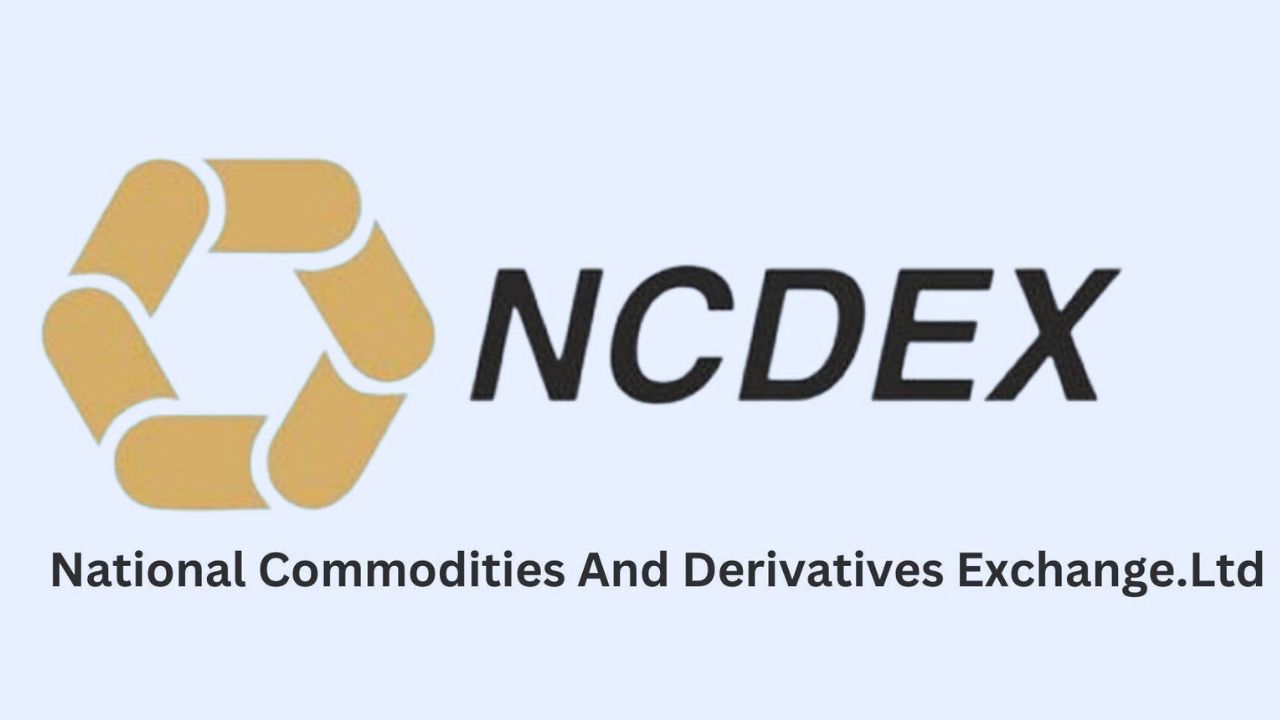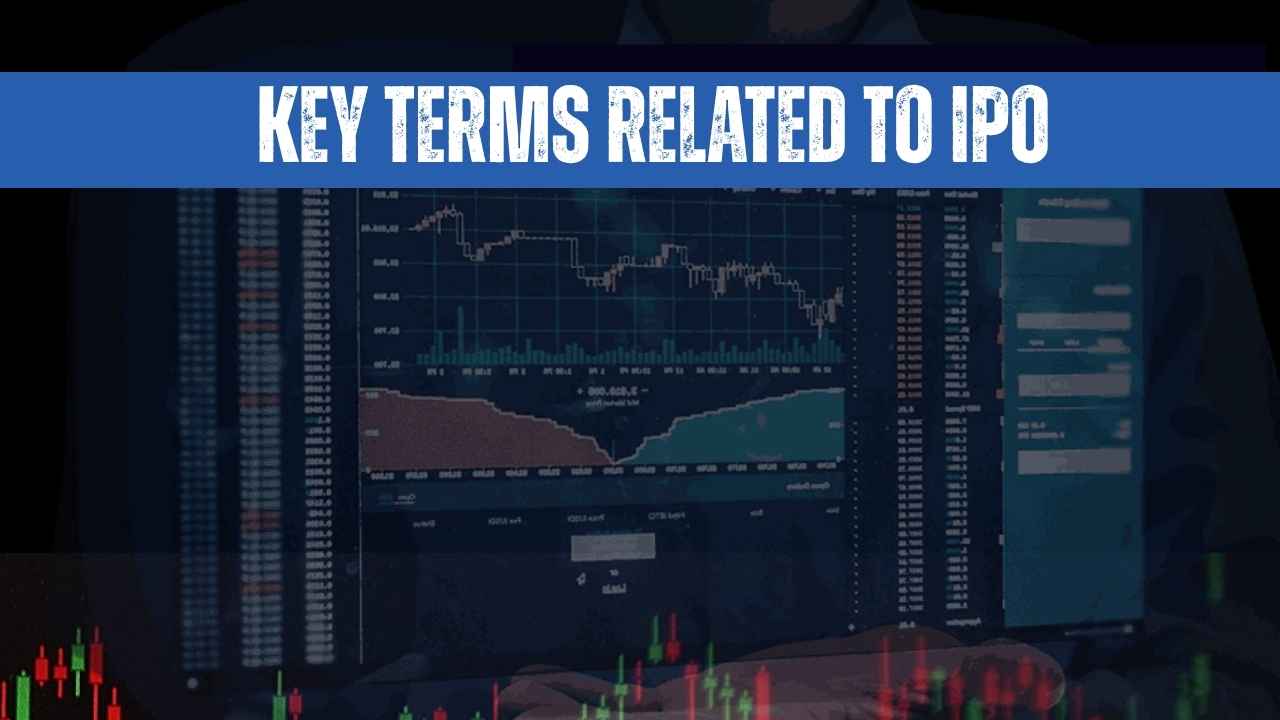India’s largest entirely electronic exchange for trading agricultural commodities, the National Commodity and Derivatives Exchange (NCDEX), was launched in 2003. NCDEX allows farmers, traders, and investors to purchase and sell derivative contracts—mainly futures and options—on items like wheat, sugar, spices, and cotton. Providing clear price discovery, risk‑management instruments, and a safe clearing process, NCDEX is instrumental in India’s farm economy.
Origins and Evolution
- Incorporation & Start of Operations
- Founded on April 23, 2003, with key promoters including NSE, ICICI Bank, NABARD, CRISIL, and LIC.
- Began trading on December 15, 2003, under the old Forward Contracts (Regulation) Act, 1952. Today it operates under the Securities Contracts (Regulation) Act, 1956, supervised by SEBI.
- Technology & Governance
- Fully electronic trading platform ensures 24×7 connectivity and speed.
- Managed by an independent board; SEBI provides regulatory oversight to maintain market integrity.
What NCDEX Does
- Price Discovery
- Market prices reflect real‑time supply and demand.
- Risk Management
- Futures and options contracts help participants hedge against price swings.
- Clearing & Settlement
- National Commodity Clearing Limited (NCCL) handles daily net settlements and delivery settlements, guaranteeing contracts even if one party defaults.
Commodities on NCDEX
NCDEX groups its products into four main categories:
- Agricultural Commodities: Wheat, maize, paddy, guar seed & gum
- Spices: Coriander, cumin, turmeric, pepper
- Pulses & Oilseeds: Mustard seed, castor seed, chana, bajra
- Others: Cotton, sugar
Most Active Contracts: Guar seed, guar gum, and cottonseed oilcake.
Trading Instruments
- Futures Contracts:
- Standardized agreements to buy or sell at a set future date and price. Available for nearly all NCDEX commodities.
- Options Contracts:
- Right (but not obligation) to buy/sell at a set price. Offered on select commodities.
- NCDEX Commodity Index:
- Tracks spot‑price movements of 10 key agricultural commodities, each equally weighted.
NCDEX vs. MCX
| Factor | NCDEX | MCX |
|---|---|---|
| Focus | Agricultural commodities | Metals, energy, some agricultural |
| Popular Products | Wheat, soybean, spices, guar seed | Gold, silver, crude oil, natural gas |
| Trading Volume | Lower than MCX | Higher overall |
| Users | Farmers, traders, food processors | Industrial users, bullion & energy |
| Regulator | SEBI | SEBI |
How to Trade on NCDEX
- Open Account: With an NCDEX‑registered broker.
- Complete KYC: Submit Aadhaar, PAN, bank proof.
- Deposit Margin: Block funds as collateral.
- Place Orders: Choose commodity and contract, then buy or sell.
- Monitor Positions: Track price movements and manage risk.
- Settle Trades: Through physical delivery or cash settlement on expiry.
Regulation & Oversight
- SEBI Supervision:
- Ensures fair pricing, standardized contract sizes, and prevents market abuse.
- Contract Standardization:
- Uniform lot sizes, delivery locations, and quality grades streamline trading.
Financial Performance (FY 2023–24)
- Highest Single‑Day Turnover: ₹2,027 crore
- Consolidated Revenue: ₹1,360 crore (up 0.32% YoY)
- Net Loss Narrowed: ₹277 crore vs. ₹423.7 crore in FY 2022–23
- Average Daily Volume: ₹848 crore (vs. ₹838 crore)
Growth drivers include rising participation from institutional investors and supportive government policies.
Advantages & Challenges
Advantages
- Helps farmers and agribusinesses hedge price risk.
- Promotes transparent, fair price discovery.
- Offers high liquidity and diverse products for investors.
Challenges
- Low awareness among retail investors.
- Weather‑ and policy‑driven price volatility.
- Physical delivery hurdles (storage, transport).
Future Outlook
NCDEX will add new products, increase retail participation, and add algorithmic trading. Further cooperation with policymakers and technological innovation will reinforce its position in India’s agri space.
Conclusion
Since its launch in 2003, NCDEX has revolutionized agricultural commodity trading in India through the integration of electronic trading, strong regulation, and risk‑management capabilities. As the exchange introduces new products and attracts additional market participants, it continues to play a critical role in stabilizing prices, helping farmers, and promoting growth in India’s agrarian economy.











